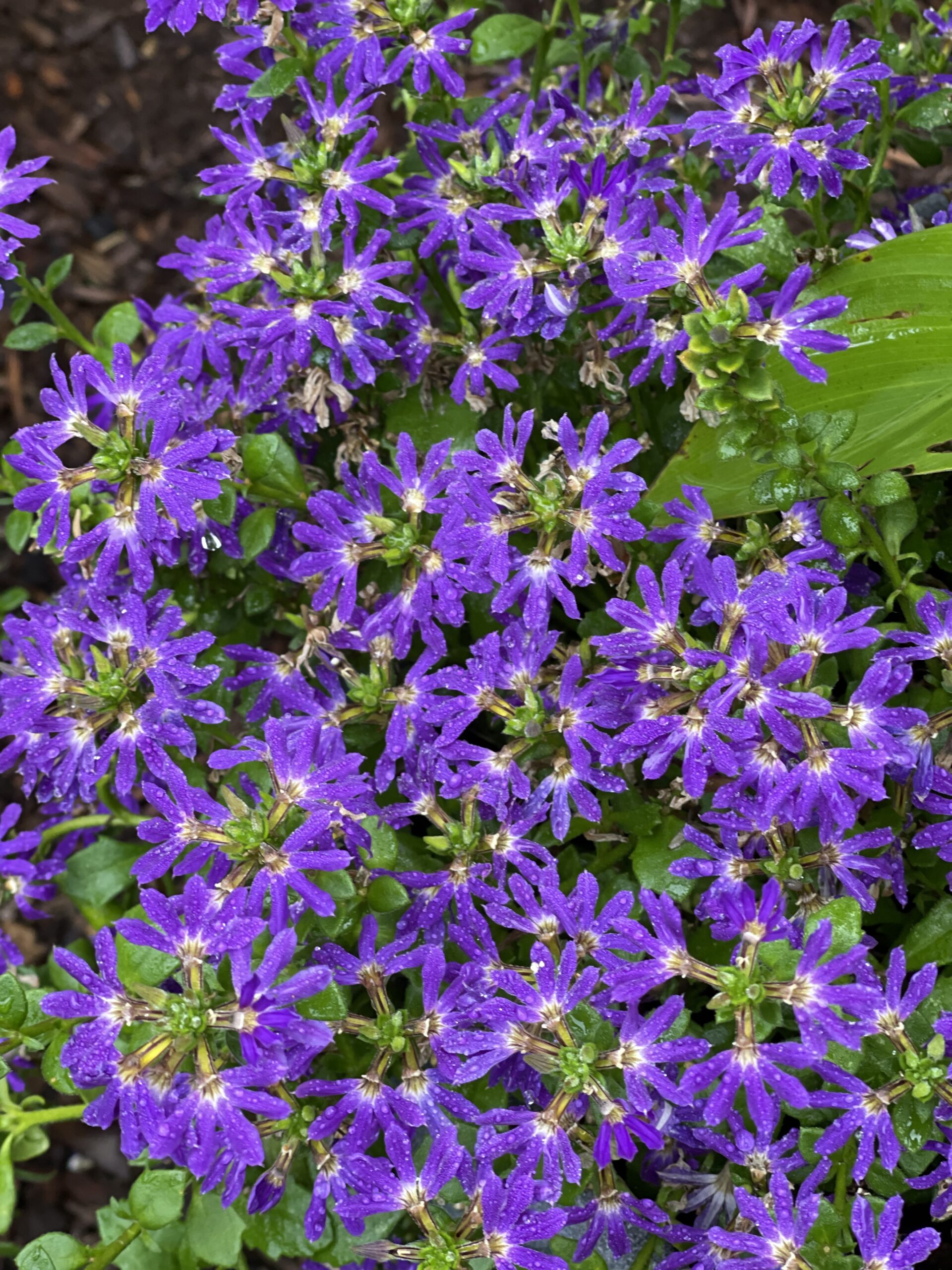
A True Story
Butterfly Gardening: Learning by Doing!
Last April, my garden was included on our city’s Columbia Green Garden Tour, which features backyard gardens in one neighborhood in Columbia, SC each year. Last year, it was our neighborhood’s turn.
It was such an honor to be asked to participate. We met so many wonderful folks over that weekend—I think over 350 people visited our backyard. We got to visit all the other gardens on the tour, as well, including a beautiful butterfly garden that led me here, to this post.
Join me in my accidental journey into butterfly gardening.
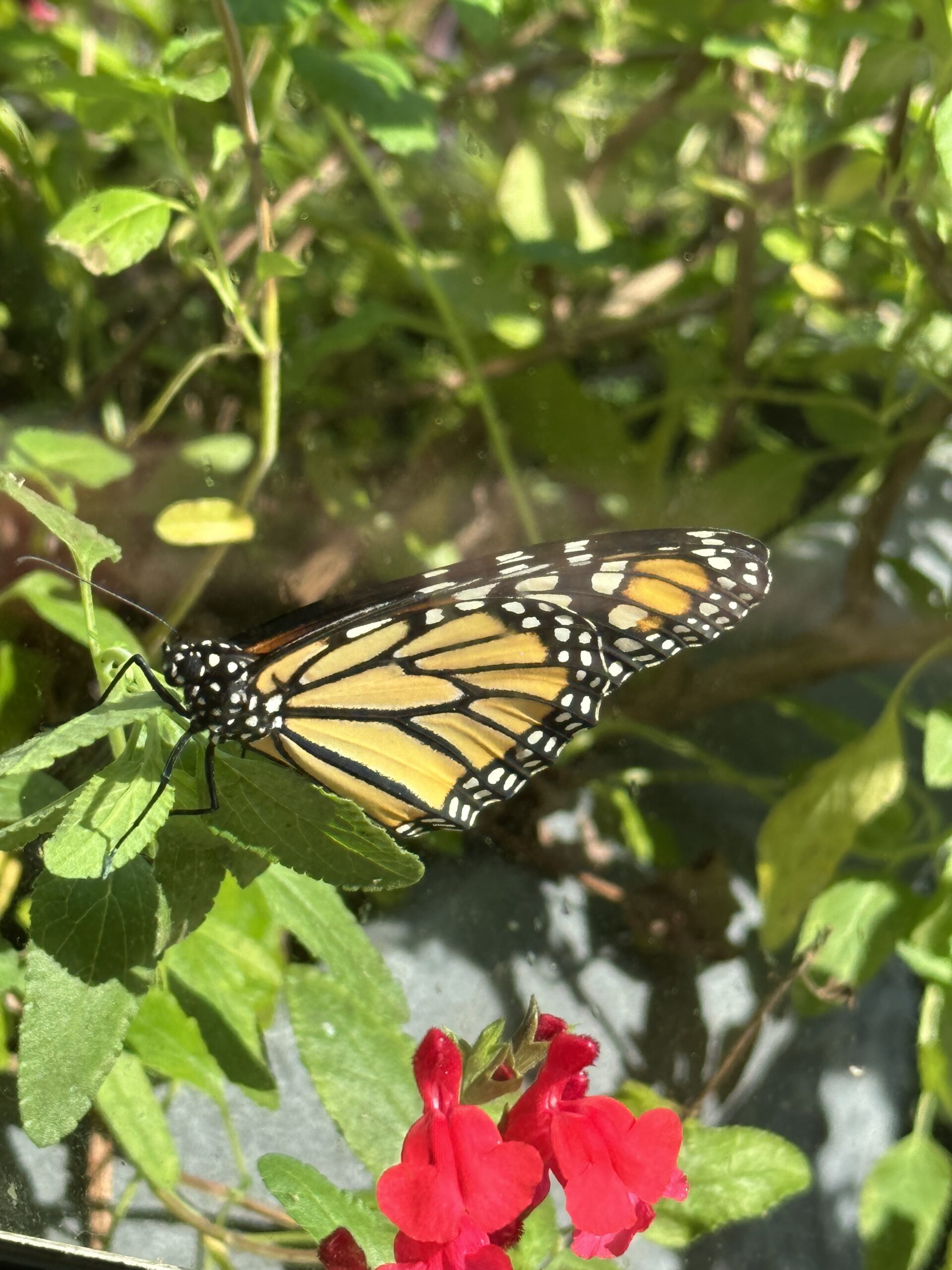
A Visit to a Neighbor’s Butterfly Garden
One that positively stunned me was a gorgeous butterfly garden. I walked around in that garden in complete awe that this man knew so much about butterflies and how to attract them and encourage them propagate in his garden. He knew what to plant for the caterpillars to eat, and how to shelter them while they pupated and hatched. It was there that I learned about the Rosalynn Carter Butterfly Trail, which his garden was a part of. This garden was nothing short of stunning for its sheer volume of gorgeous blooms planted specifically for butterflies. I took lots of pictures and determined that I would learn more.
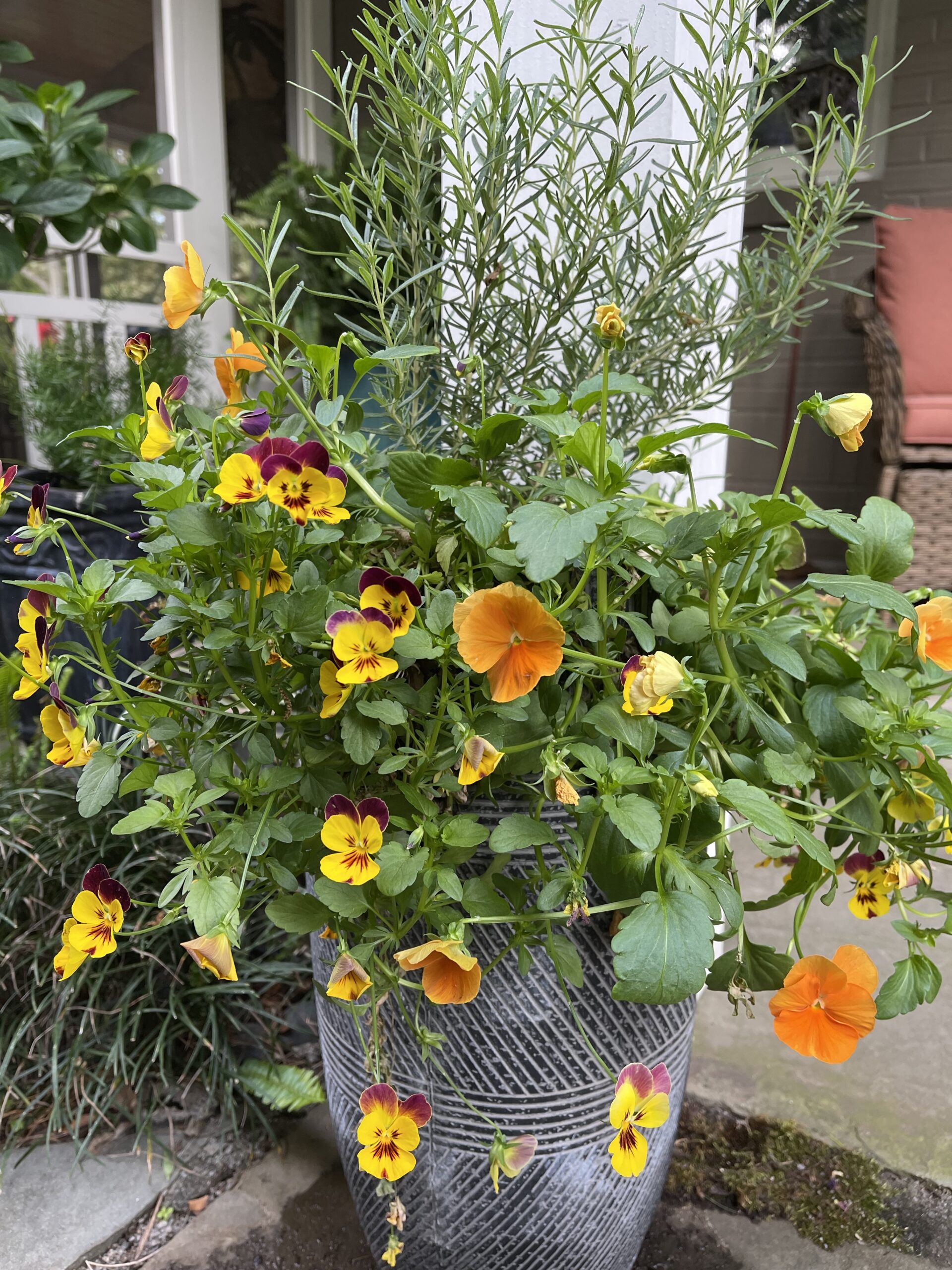
A Butterfly Gardener Visits My Garden
Later that same day, a woman who was visiting my yard called out to me, “Why don’t you list your garden on the Butterfly Trail?” I told her I didn’t think my garden qualified as a butterfly garden. “Oh, it does,” she said. “You could use a few more host plants, but you’re almost there. Really, you should think about it.”
Really. As always, the more I learn, the less I know. A few hours earlier, I didn’t know about the Butterfly Trail, didn’t know what made a butterfly garden a butterfly garden, and had no idea what a host plant was. Now this lady was encouraging me to be part of the Butterfly Trail!?
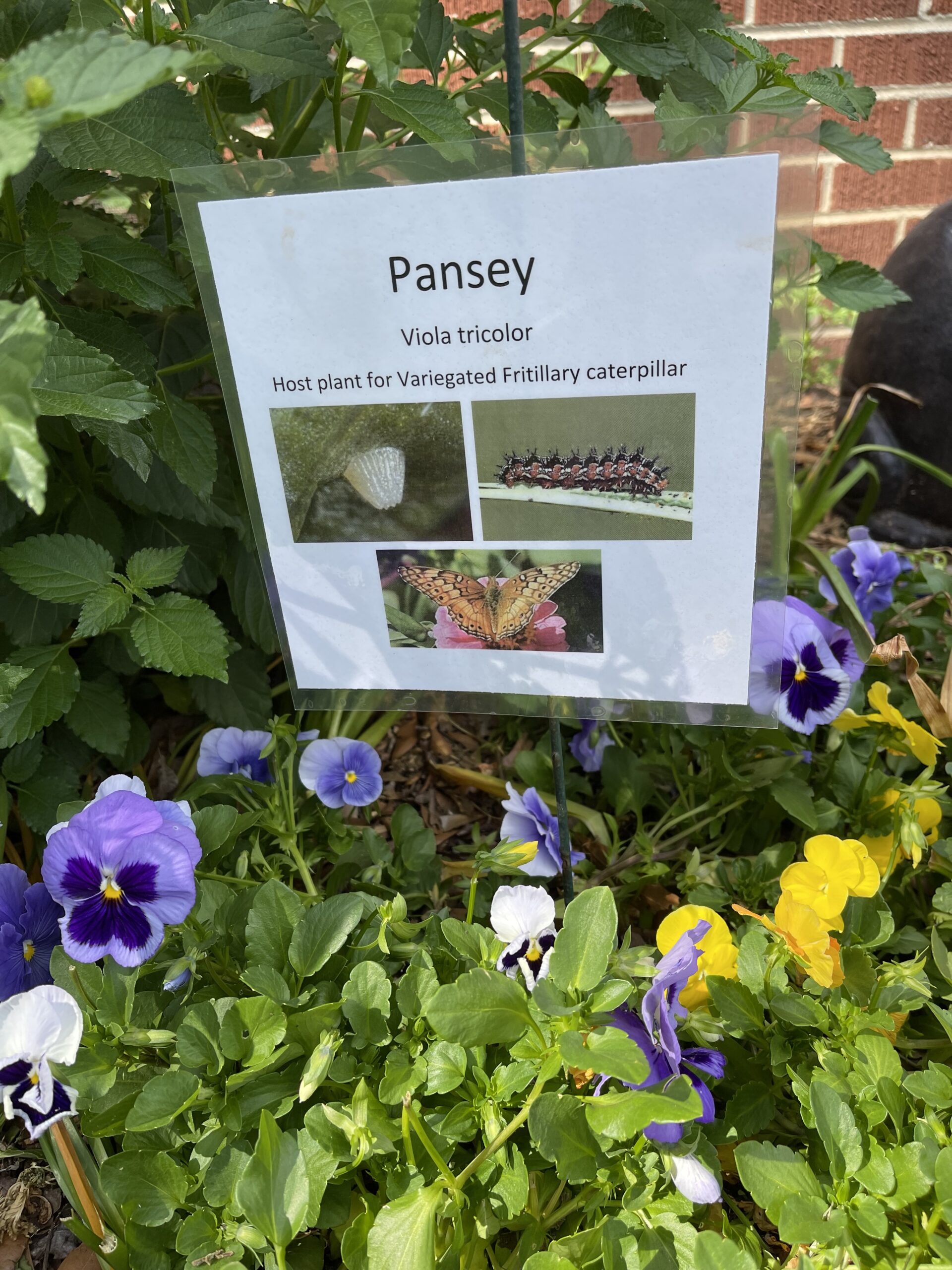
Host Plants in the Butterfly Garden
So, host plants. Hosts are the plants adult butterflies look for when they are ready to lay their eggs so that when the eggs hatch, the baby caterpillars are sitting on top of their food source. Pretty smart, yes?
As it turned out, I already had parsley and mint, host plants for Swallowtails. I had two different milkweeds, host plants for Monarchs, and pansies and violas, hosts for Variegated Fritillaries.
Looking back, I wonder how I didn’t know any of this. But I didn’t. And it didn’t occur to me to wonder what next steps might look like.
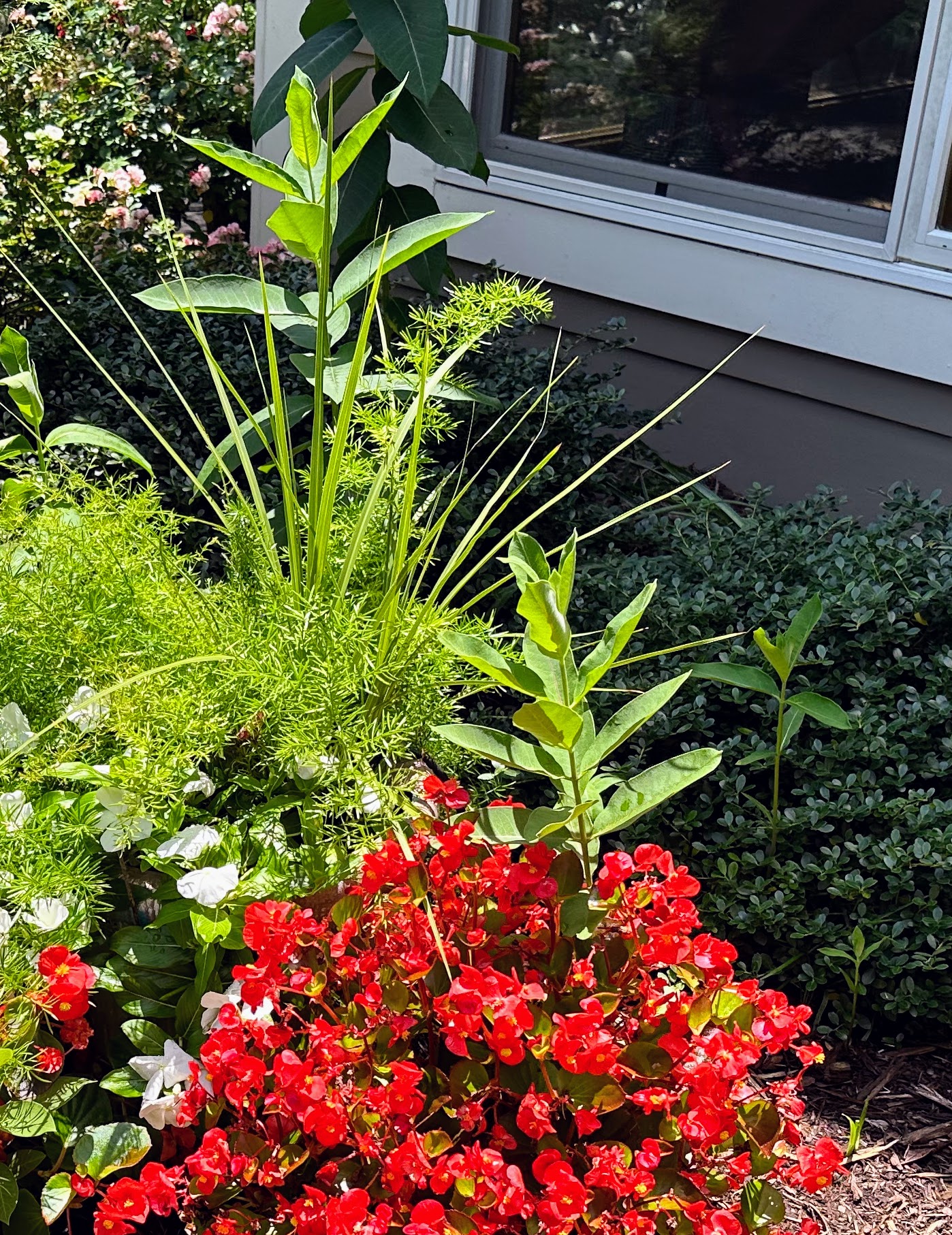
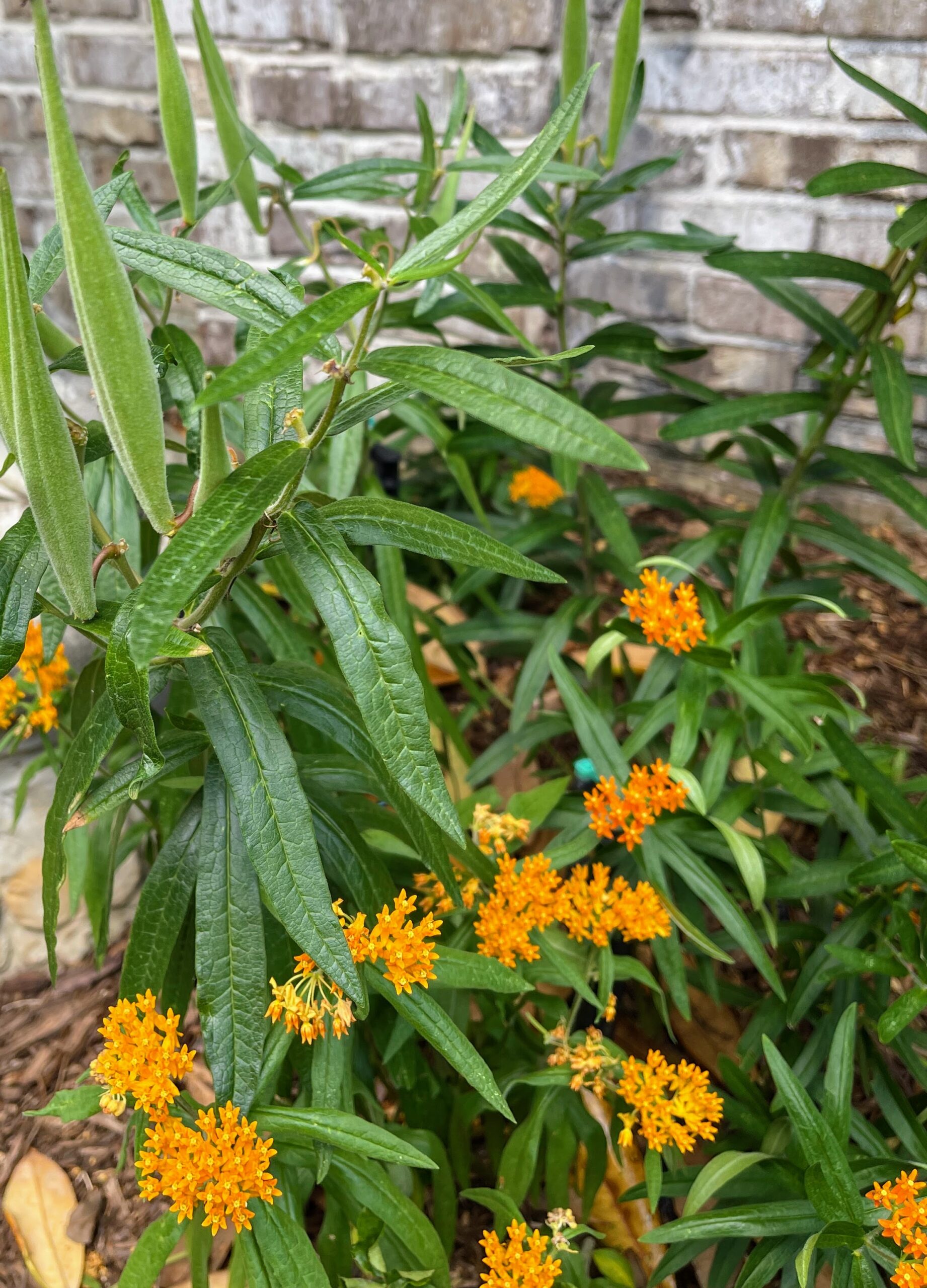
Butterfly Garden Nectar & Host Plants
Fast forward to late summer. There were many Monarchs flitting about in my garden. They seemed perfectly happy to sip nectar from all the flowers, but were strangely attracted to all the volunteer milkweeds throughout my garden that, for whatever reason, didn’t bloom last year.
Turns out, blooming didn’t matter. At that time, I still didn’t fully understand the concept of host plants. I didn’t realize that when the Monarchs were on the milkweed, they weren’t there for nectar, they were there to lay their eggs! And little did I know that that’s exactly what they were doing.
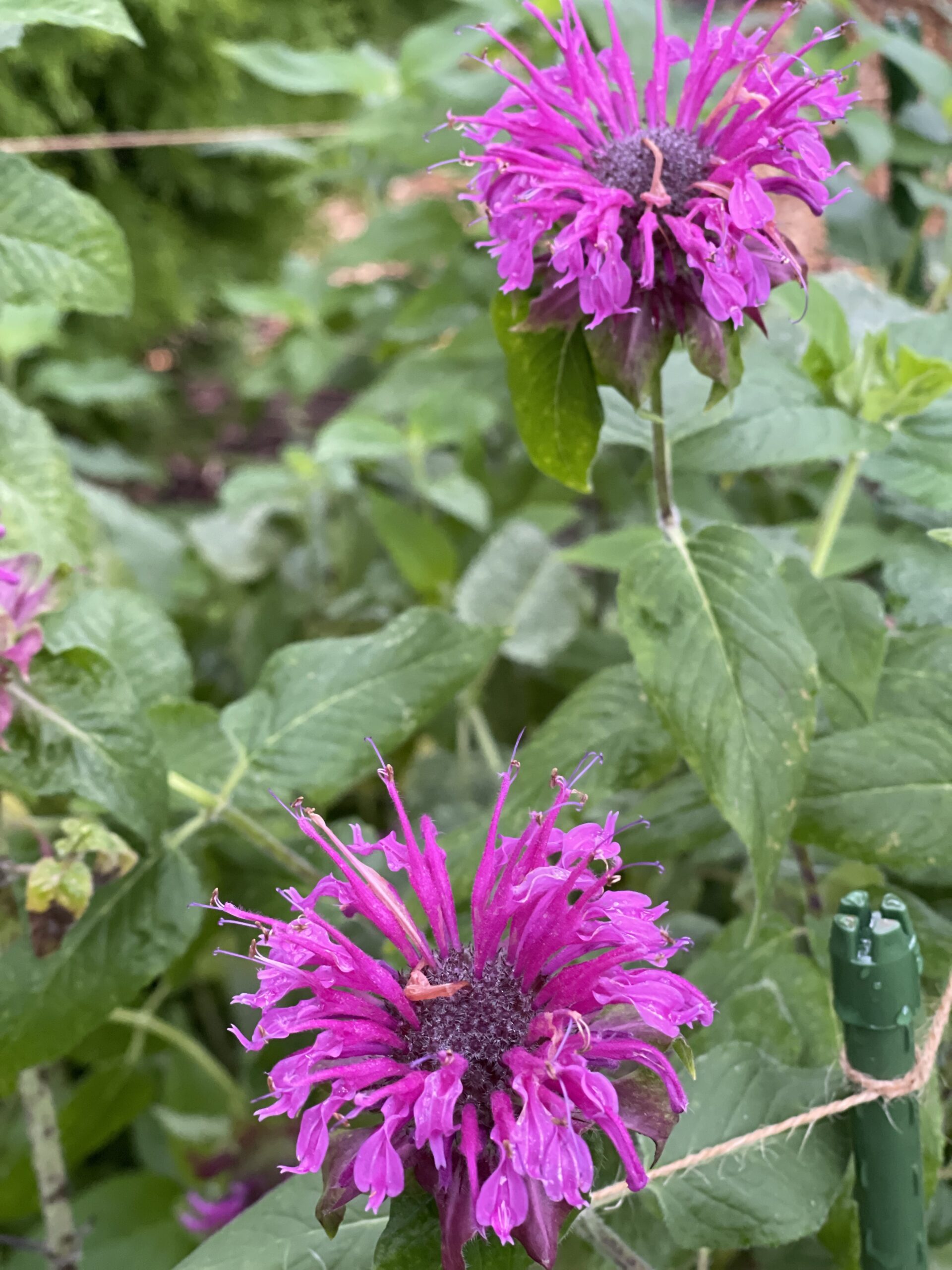
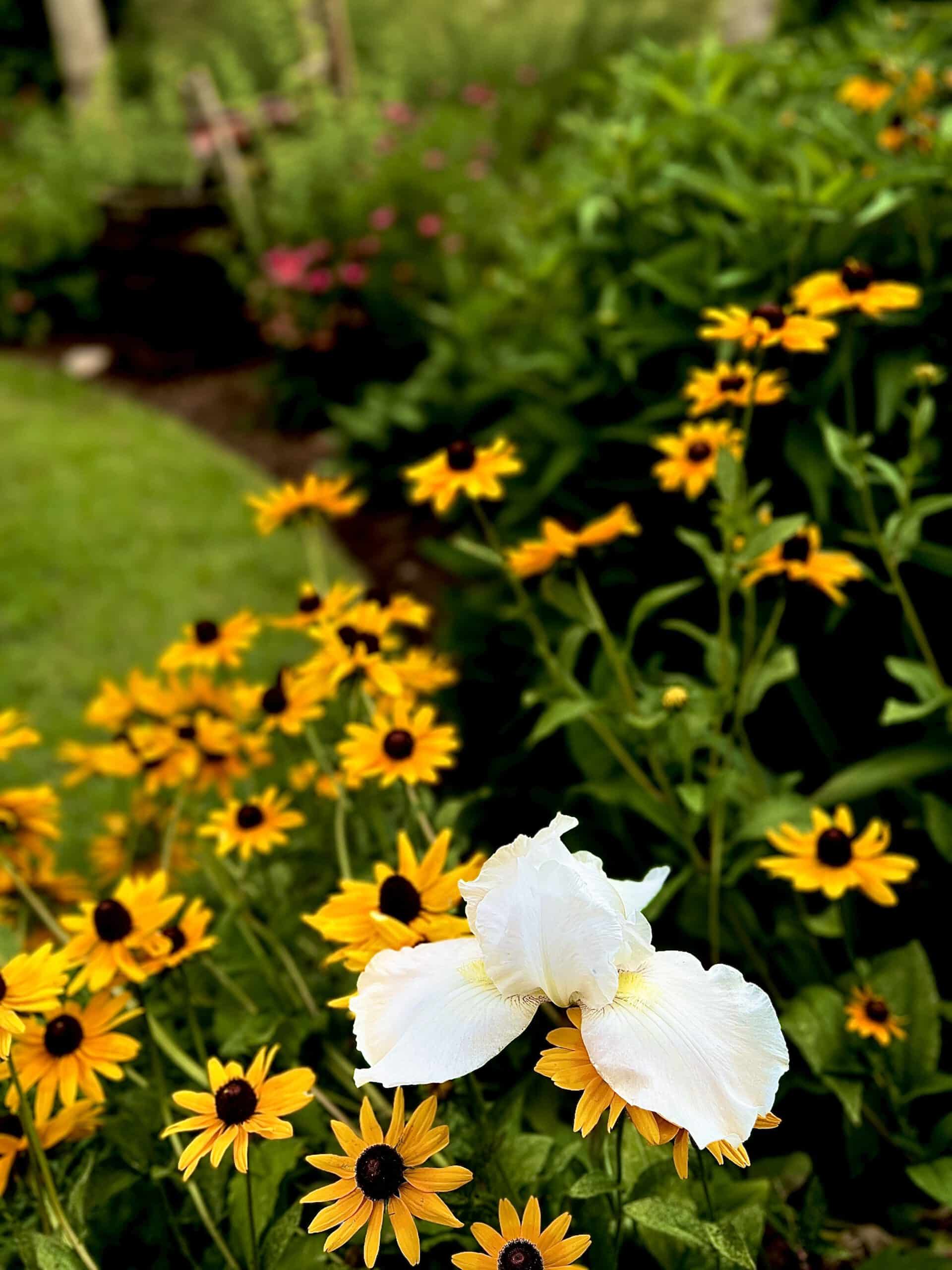

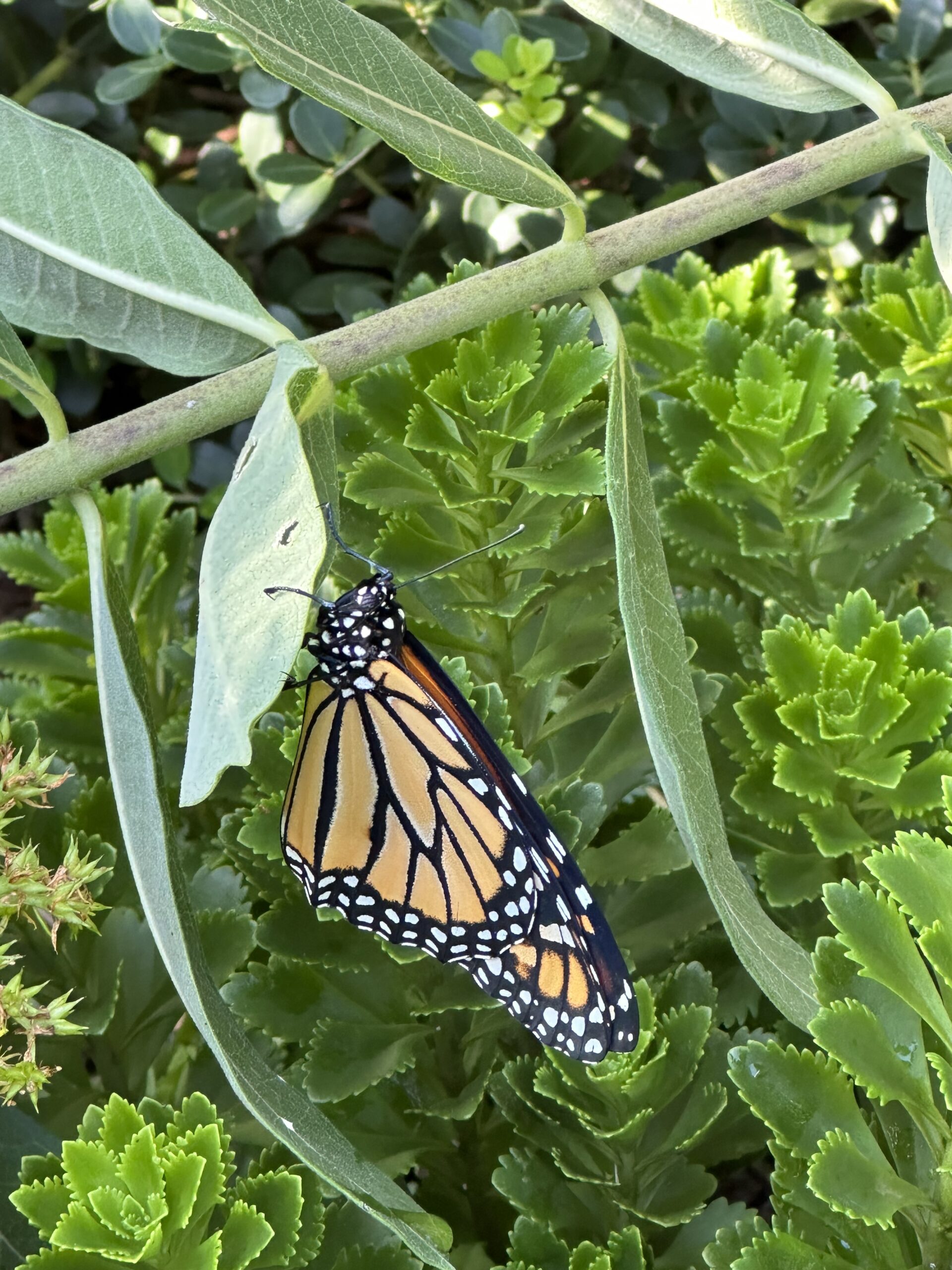
Caterpillars in the Butterfly Garden
Before too long, I noticed caterpillars eating the milkweed leaves…and within days, quite a few caterpillars becoming extremely fat. I was so excited! My yard guys were too, and took many pictures of our fat, happy creepy crawlies.
Now, we all studied the life-cycle of a caterpillar when we were kids, so I knew what was to come next. But I don’t think my elementary school education went into what monarchs need if they are to breed and produce successive generations. Butterflies and other pollinators will come to your garden to gather nectar. But they won’t lay their eggs in your garden unless you have the kinds of plants that baby caterpillars need to grow–host plants.
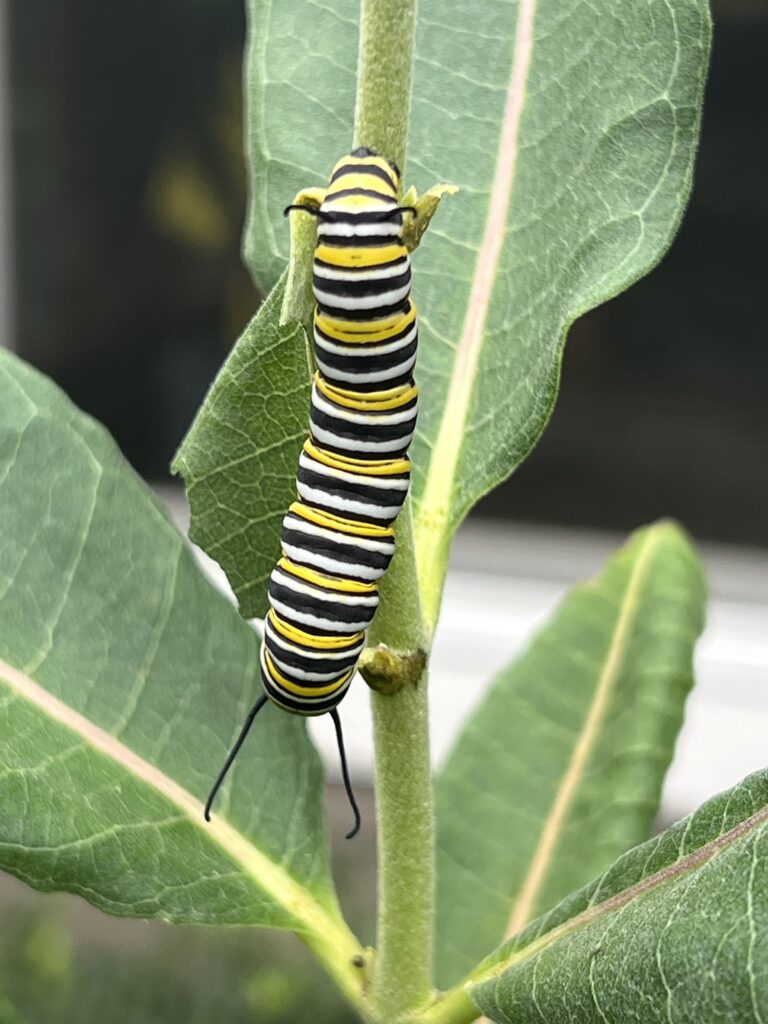
Poof! No more Caterpillars!
And then they disappeared. Oh noooo! One day they were there, the next day they were gone. I was so distressed. I was sure that birds had eaten them all.
I Googled, “where did my monarch caterpillars disappear to?” and was reassured to learn that they had probably crawled off to make chrysalises somewhere. I read about where to look for them and searched high and low. But in vain. I couldn’t find a single one.
I was so sad. I became convinced that this was the year of ALMOST butterflies. I would have to do a better job in the future of sheltering them from predators.
Butterflies!
One morning a few weeks later, while I was sitting in my favorite reading chair in my office overlooking the garden, I saw a Monarch hanging off the leaf of a Chinese Snowball Viburnum right outside my window. It wasn’t moving, it was just hanging there in the sun. I watched. Then it slowly opened its wings…and closed them. Open…close.
Yes, I Googled that. Apparently, I was watching a Monarch that had just emerged from its chrysalis. It was drying its wings.
And I was in awe.
And then I spotted another one, and then another.

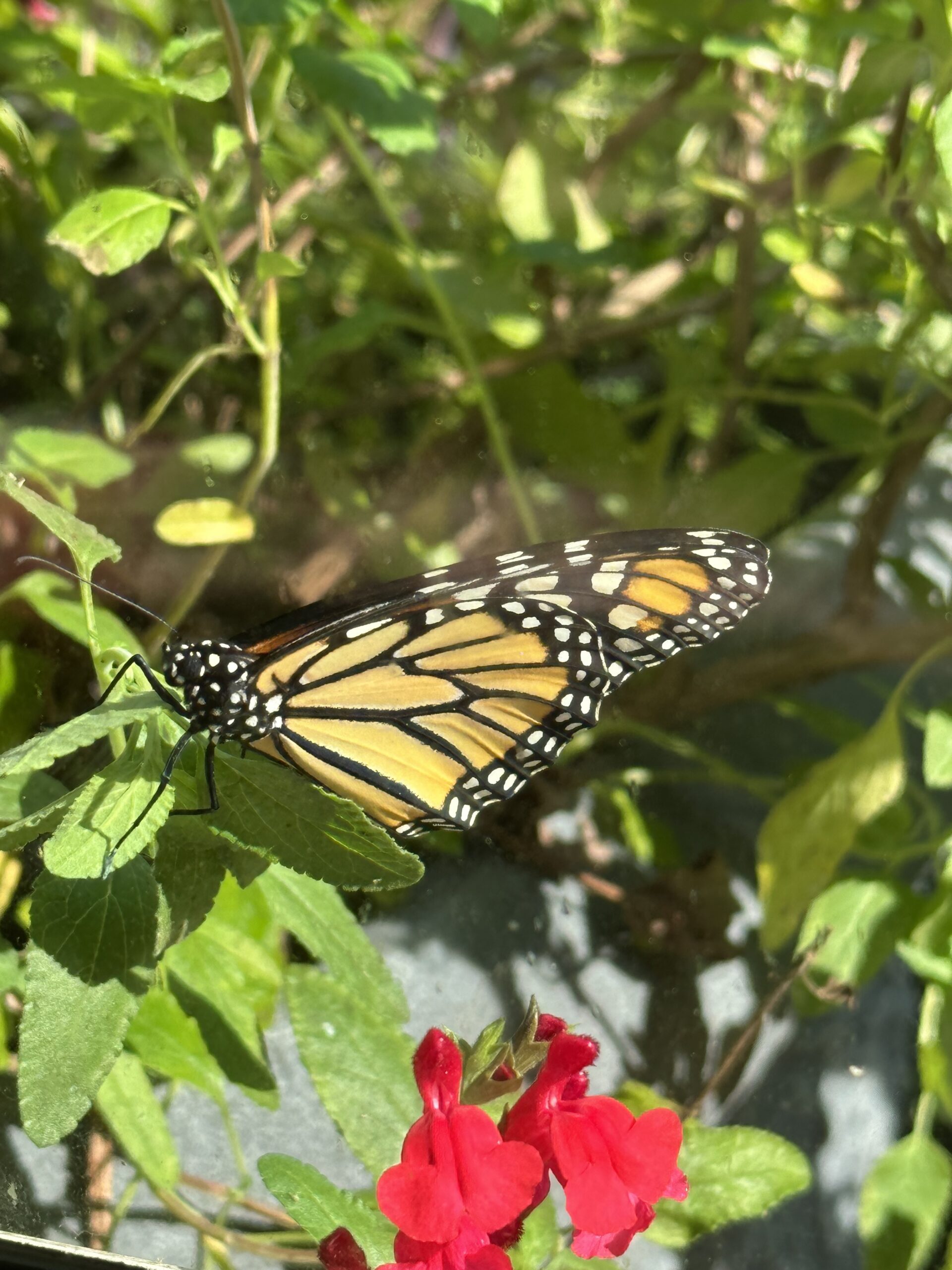
After They Hatch…
Over the course of that day, I saw 8 different butterflies do the same thing, drying their wings on a leaf or in the grass for a couple of hours before flying up into the shade of a tree or bush.
Of course, I Googled that too. It turns out that after they dry their wings in the sun, their first flight is usually fairly short. They fly to a sheltered location where they finish the process of, well butterflying.
When Monarchs first emerge from their chrysalises, their bodies are still pretty puffy and filled with water. Over the course of the next 24 hours, they pump the water out of their bodies and into their wings completing the metamorphic process.
I was so excited. I had accidentally hosted at least 8 caterpillars (that I knew about) in my garden who became butterflies.
After that, I did register my garden with the Butterfly Trail, because I considered myself a successful beginner, even if by accident. And I got a sign.
What’s Next in This Butterfly Garden?
And then…I started thinking about what would be possible if I was more intentional about supporting butterflies in my garden? What if…?
That is what I am determined to do in my 2024 garden. I’m going to become an Intentional Butterfly Gardener rather than an Accidental one!
My Goals for my 2024 Garden:
-
-
- To be more intentional about planting host plants in my existing garden to attract a wider variety of butterflies, and to plant lots of these plants to feed very hungry caterpillars. (Some parsley for me, some parsley for you. Some mint for me, some mint for you…)
-
- To plant a Monarch Waystation on the wide curb strip in front of my house to provide nectar and water to butterflies and pollinators, as well as to provide information for passersby. I think I will register as a Waystation with Monarchwatch.org, purchase a sign, and then raise awareness about butterfly habitats by providing a QR code that people can scan to read about Monarch Waystations and how to help Monarchs.
-
- To teach a mini course to other beginner butterfly gardeners on designing and building a butterfly garden to spread the good news…because you can too!
-
Celebrate 2024 with a Butterfly Garden, people!
Learn more
Columbia Green is non-profit organization that seeks to improve and protect the natural beauty of greater Columbia by promoting sustainable plantings, preserving trees and green spaces, and educating the public about our environment.
The Rosalynn Carter Butterfly Trail is a program inspired by Former First Lady Rosalynn Carter to help increase habitat for Monarch Butterflies. Based in Plains, Georgia the trail has now expanded throughout the United States as well as internationally. They seek to increase habitats for pollinators by inspiring everyone to plant a butterfly-friendly garden – whether in a container, front yard, library grounds, school or at your place of business.
MonarchWatch.org encourages us all to create Monarch Waystations. These are places that provide resources necessary for monarchs to produce successive generations and sustain their migration. Without milkweeds throughout their spring and summer breeding areas in North America, monarchs would not be able to produce the successive generations that culminate in the migration each fall. Similarly, without nectar from flowers these fall migratory monarch butterflies would be unable to make their long journey to overwintering grounds in Mexico. The need for host plants for larvae and energy sources for adults applies to all monarch and butterfly populations around the world.
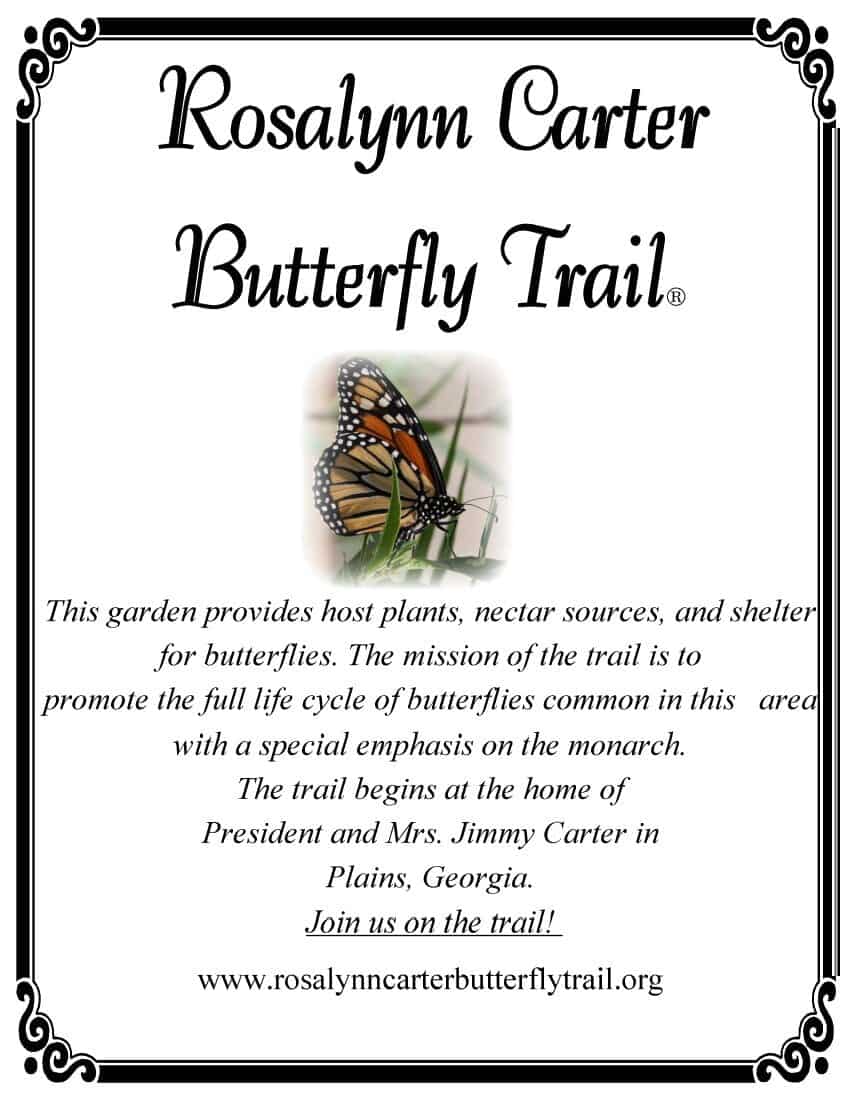
I’ve been surfing online more than 2 hours today, yet I never found any interesting
article like yours. It’s pretty worth enough for me.
In my view, if all web owners and bloggers made good content as you
did, the internet will be a lot more useful than ever before.
Thanks so much for visiting and commenting! I do my best to do my homework!